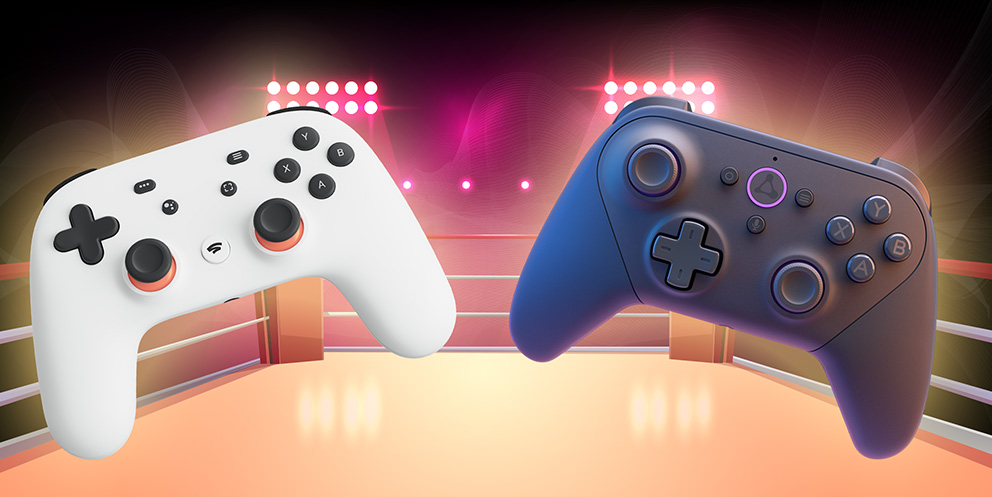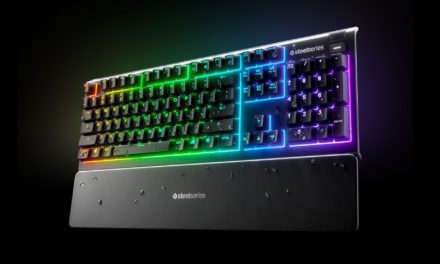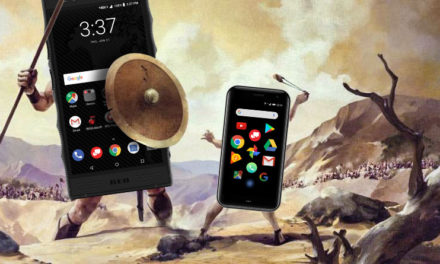Cloud gaming is here (again)
Cloud gaming is anything but new. Various services have cropped up over the years starting with the likes of OnLive and Gaikai, launching their services in 2010 and 2011 respectively. The new wave of cloud gaming is upon us with Google’s Stadia launching earlier in 2019, and Amazon’s Luna launching in 2020. Microsoft launched it’s Xbox Cloud Gaming service in 2020 as well, rounding out the top 3 cloud providers turned game platforms. With supposed advancements in latency and video compression, these new services promise to provide a near-native gaming experience without the hassle of shuffling physical media or maintaining a top tier gaming rig. The main requirement to contend with it turns out, is your internet connection.
A conundrum
Like much of rural and suburban America, I unfortunately do not have access to a solid high-speed internet connection. Mind you, I am not stuck with satellite, cellular or (shudder) dial-up internet like the most remote inhabitants, but at a mere 7Mbps, my connection is well below the prescribed 25Mbps which is recommended to be considered “broadband”. For the most part, my meager 7Mbps serves me well for remote working and video streaming. In fact, Netflix 1080p streams often occupy less than 2Mbits/sec, which means I have no trouble watching tv shows and YouTube clips on my TV. Cloud gaming however, with it’s aggressive latency requirements, gobbles up much more bandwidth than a properly pre-compressed video stream.
I wanted to see how far I could squeeze my sub-broadband internet connection and if cloud gaming was in the realm of possibility.
Methodology
To ensure maximum success, I wired up my test laptop directly to my network switch/router using an ethernet cable. I disconnected extraneous devices such as my Wyze security camera and I turned off WiFi on any cellphones in the house. I also logged into my router and enabled bandwidth prioritization on my laptop to make sure I was accounting for any rogue devices that I may have missed, and that close to 100% of my internet’s bandwidth was being fed directly to my laptop. I used the same web browser (Chrome) for each gaming services, and I paired an Xbox One controller to my laptop using Bluetooth, which luckily was supported in both. No other apps were running during each of the tests, and each test was repeated a couple of times over the course of a few days.
Round 1 – 2.5D games (Super Bomberman R and Monster Boy & the Cursed Kingdom)
I started off gently by testing 2 games with mostly flat and fixed perspective graphics. Since flat elements with low motion tend to compress well into a video stream, they should theoretically result in a better playing experience in a bandwidth constrained environment.
I played through the tutorial of Super Bomberman R on Google Stadia and it was a mostly smooth experience. The controls felt a bit floaty compared to playing on a console or PC, but I never felt as if I was constrained in my movement. Except for a few minor hitches, the gameplay remained stable throughout.
Monster Boy and the Cursed Kingdom on Amazon Luna felt surprisingly responsive for a 2D platformer. I was able to play through to the first boss encounter and never felt like I was constrained by the fact that the game was streaming in from hundreds of miles away. This was the first experience that truly sold me on the possibilities of cloud gaming.
Winner: Draw

Round 2 – 3D games (Crayta and Katamari Damacy Reroll)
I fired up Crayta, the only free 3D game on Google Stadia that I could find. It appears to be some kind of social, sandbox game (Roblox for adults?). I was immediately presented with severe stuttering issues and connection warnings as soon as I entered the main lobby area of the game. It was a frankly unplayable experience. I gave up and re-attempted several times during different times of day to give Stadia the benefit of doubt, but each playthrough was equally disastrous. I finally managed to stumble my way out of the lobby area into a playable “game”, but I was unable to manage to progress beyond that point. Total, headache inducing, nightmare.
After resigning myself to the fact that my lowly connection would never support anything beyond a basic 2D game, I decided to fire up one of my favorite PS2 era games, Katamari Damacy on Luna. To my amazement and surprise, it…worked. I got past the opening cinematic and tutorial with no jittering, and when I was handed over control of the price character in the first level, I was pleasantly taken aback at how natural it felt to play. The controls were certainly a tad laggy, but given the imprecise and wonky nature of Katamari, it honestly felt how I remember on the PS2 years ago. Aside from a few hiccups the gameplay was very playable. I was able to cruise past the first 4 or so levels before taking a break.
Winner: Amazon Luna
Conclusion
In retrospect, it shouldn’t have come as a surprise that the number one cloud provider (Amazon) would turn out the best cloud gaming experience that I’ve been able to test in recent memory. When comparing Google’s flashy presentation of Stadia vs. Amazon’s low-key rollout, I was honestly expecting more from Stadia however.
If I decide to invest in a cloud gaming subscription, my choice will definitely be Amazon Luna. As always, your mileage may vary depending on your connection, and proximity to Google/Amazon’s data center.











